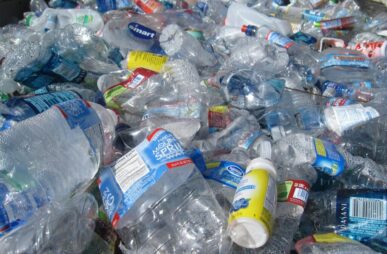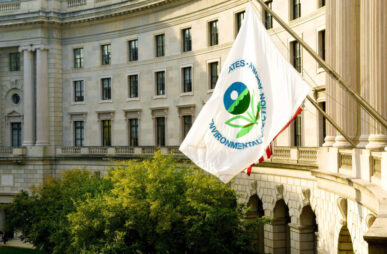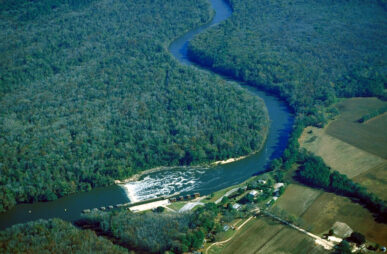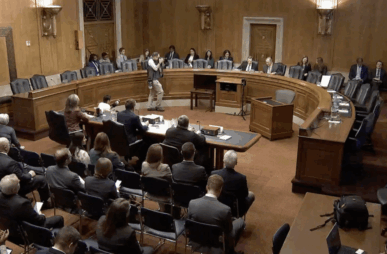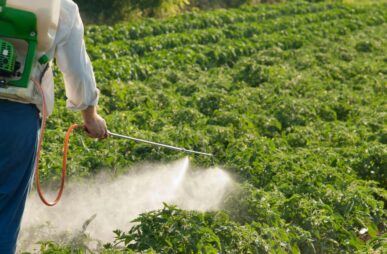Health and labor groups say proposed EPA chemical review rollbacks endanger communities, workers
Health, environmental and labor groups are voicing their opposition to the US Environmental Protection Agency’s (EPA) proposed changes to the nation’s premier chemical safety law, saying the changes will leave workers and everyday Americans more vulnerable to hazardous chemical exposures.

